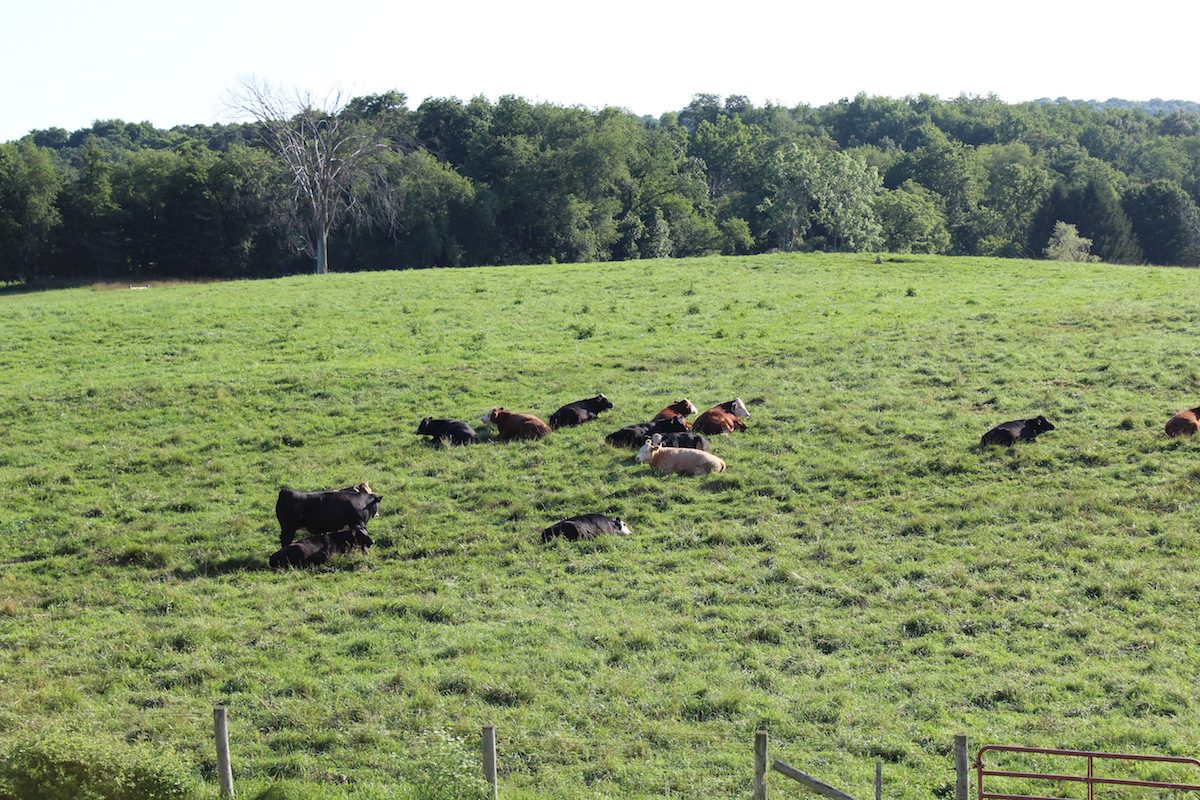Tag: forages
4 steps to develop a high-quality feed program
Silage testing is a fundamental tool for the farm to continuously evaluate quality and adjust to feed the best-possible forages.
How will pasture recover after flooding event
Warm temperatures increase the rate of plant damage, which is partially why summer flooding can cause more damage to plant tissue than spring floods.
Plants of concern for livestock this summer
As summer progresses, the preferred forages for grazing dry up and become less available and animals are forced to consume plants they might otherwise not eat. These are some plants of concern for grazing livestock during these dry conditions in Ohio.
Precision technology can also improve hay production
Hay makes up the No. 3 commercial crop in the U.S., and can greatly benefit from precision technology.
Improve on last year’s shortcomings
As it applies to no-till and soil conservation, frost seeding can be an effective, economical and environmentally sound method of improving forage in pastures and hay fields.
Grass tetany could be looming for cattle, sheep
Grass tetany is a metabolic or nutritional condition in dairy, beef cattle and sheep with low blood levels of magnesium that typically occurs in the spring.
Spring into rotational grazing
Pasture programs that are well managed can be the most economical way to ensure forages for your herd.
Feeding livestock and managing forage waste
Loss associated with feeding hay to livestock may be much more than just storage loss if precautions are not taken to reduce waste during the feeding operation.
Cover crops as alternative forages can be beneficial
What if planting a cover crop or alternative forage could provide an ecological, environmental and economic advantage to livestock and grain producers?
Harvesting crops isn’t the only thing you should be doing this...
The costs of having a forage analysis are well worth the expense and effort when feeding, selling or purchasing forages.


















